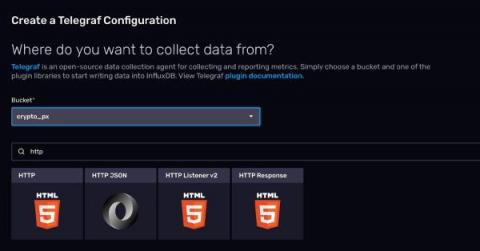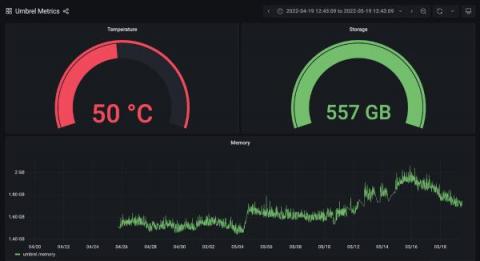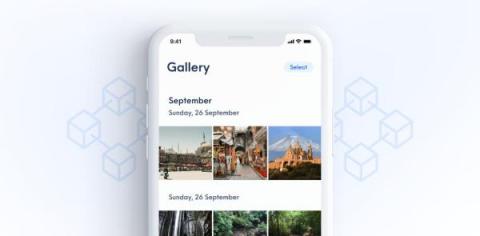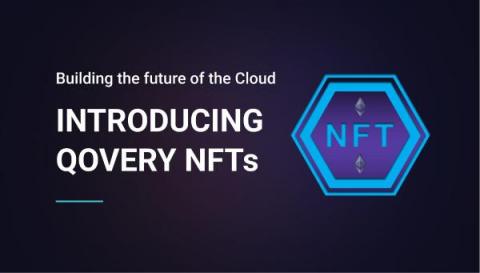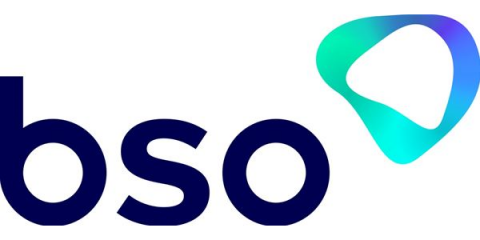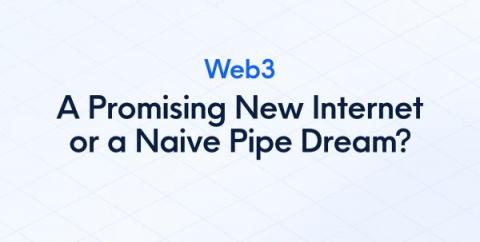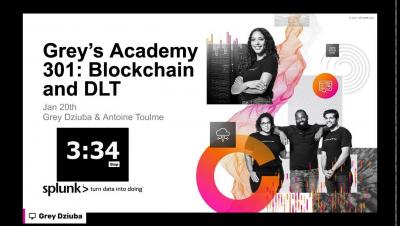How to use blockchain technology in web development
The world of web development happens to have ceaseless wonders in it. The arena is now reverberating with a fresh buzzword and it is blockchain technology. With an appropriate implementation of blockchain technology you can help a web page track effective databases with more panache and flamboyance.



